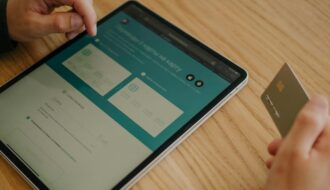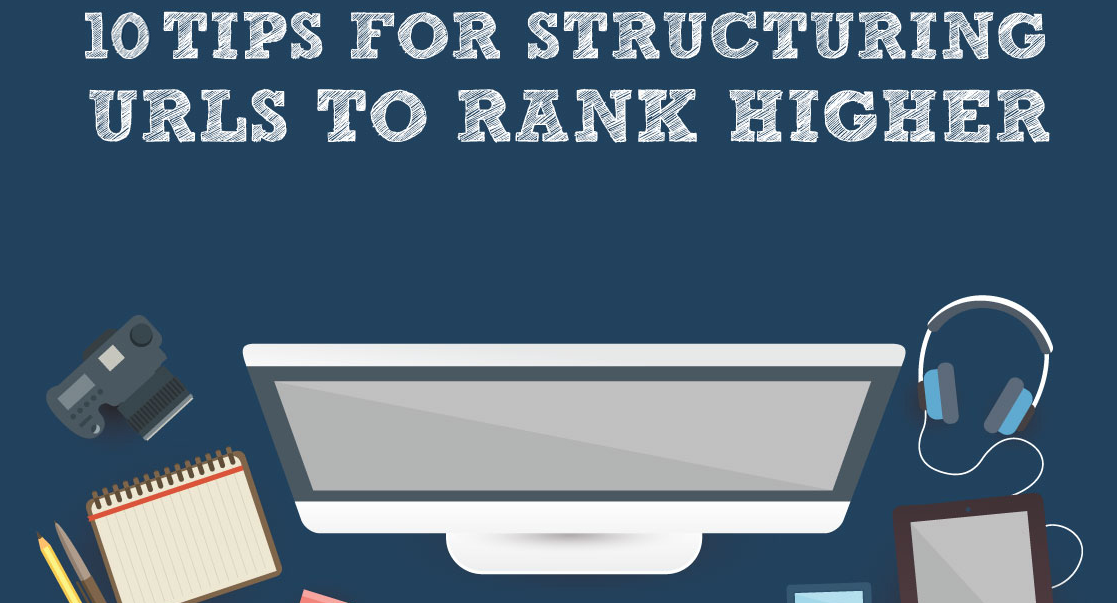Effective web design is about creating a positive and effortless user experience. This principle is perhaps more true in the travel space than in any other industry. For an ever-growing number of consumers worldwide, the travel experience begins online. In 2018, 71% of U.S. travelers researched their destination and booking options online before pulling the trigger. In 2018, 71% of U.S. travelers researched their destination and booking options online before pulling the trigger. Share on X
But more surprising than the phenomenon of online travel research itself is just how thoroughly consumers conduct this research before they make travel plans. In 2017, users spent an average of 29.8 minutes browsing a hotel’s website before deciding whether to purchase. In 2017, users spent an average of 29.8 minutes browsing a hotel’s website before deciding whether to purchase. Share on X Compare this number with the 2 minute and 17 second session duration typical of web browsing in general. Obviously, online travel shoppers are looking to make informed decisions.
Unique, attractive, user-friendly, inspirational, informative: a website needs to be all of these things in order to succeed in the crowded and competitive travel space. After all, potential guests will judge the experience of your website as a reflection of the travel experience you are offering. One study found that 77% of online travel shoppers felt that their booking decisions were impacted by site functionality and navigability. One study found that 77% of online travel shoppers felt that their booking decisions were impacted by site functionality and navigability. Share on X
The following infographic from booking search engine Reservations.com details eight delightful trends used by design-savvy travel sites to create unforgettable experiences from start to finish:









